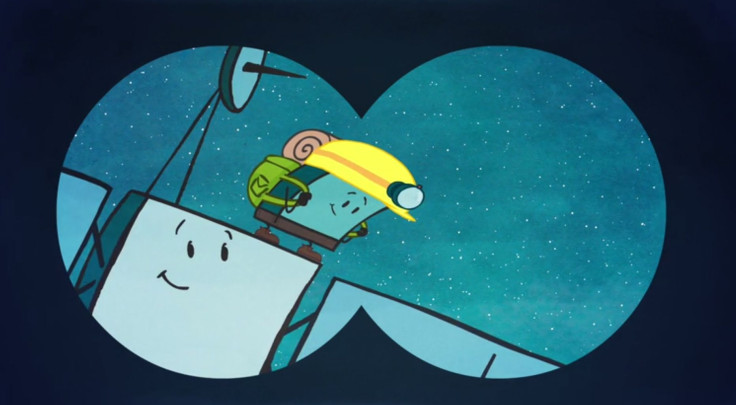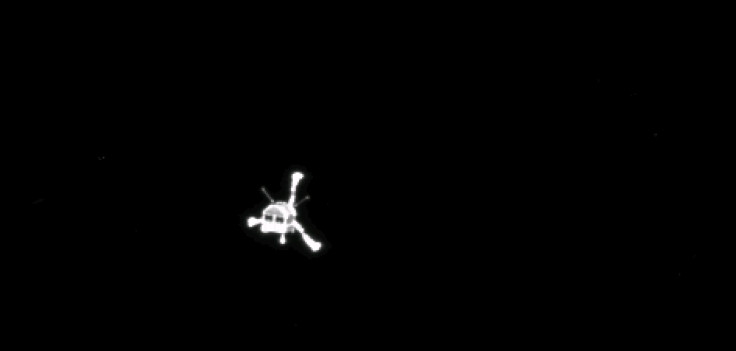Wake Up, Philae: Rosetta Spacecraft To Check On Sleeping Lander This Week

All eyes were on Philae on Nov. 12, 2014, as the European Space Agency attempted to place the lander on comet 67P/Churyumov-Gerasimenko. Philae managed to touch down on the comet, but bounced around before settling on its side. Prior to going into hibernation, Philae delivered a lot of valuable data on the comet. ESA hopes Philae will wake up as the comet travels closer to the sun, and the Rosetta spacecraft will check in on the lander on Thursday, March 12.
Philae's current location is a site known as Abydos -- although its exact location is still unknown -- but the lander needs more sunlight in order to operate. As comet 67P travels through the solar system, ESA will look for any signs of activity from the lander. The agency is optimistic it will turn back on, but it may be too early to get excited.

"Philae currently receives about twice as much solar energy as it did in November last year,” Stephan Ulamec, Philae lander project manager from the German Aerospace Center (DLR), said in a statement. "It will probably still be too cold for the lander to wake up, but it is worth trying. The prospects will improve with each passing day." In order for Philae to wake up, its core temperature must be above minus 45 degrees Celsius (minus 49 degrees Fahrenheit) and the lander needs to receive 5.5 watts of power from its solar panels. In order to perform two-way communication with Rosetta, Philae needs 19 watts of power. From March 12 to March 20, Rosetta will perform 11 flybys where it could possibly make contact with Philae.
Philae is carrying a suite of 10 scientific instruments, and ESA operators are figuring out how much science can be conducted from the comet. If Philae gets enough sunlight, it can complete long-term testing, and there is an option for modified measurements based on sunlight. Rosetta made its closest approach to comet 67p on Feb. 14.
© Copyright IBTimes 2024. All rights reserved.




















